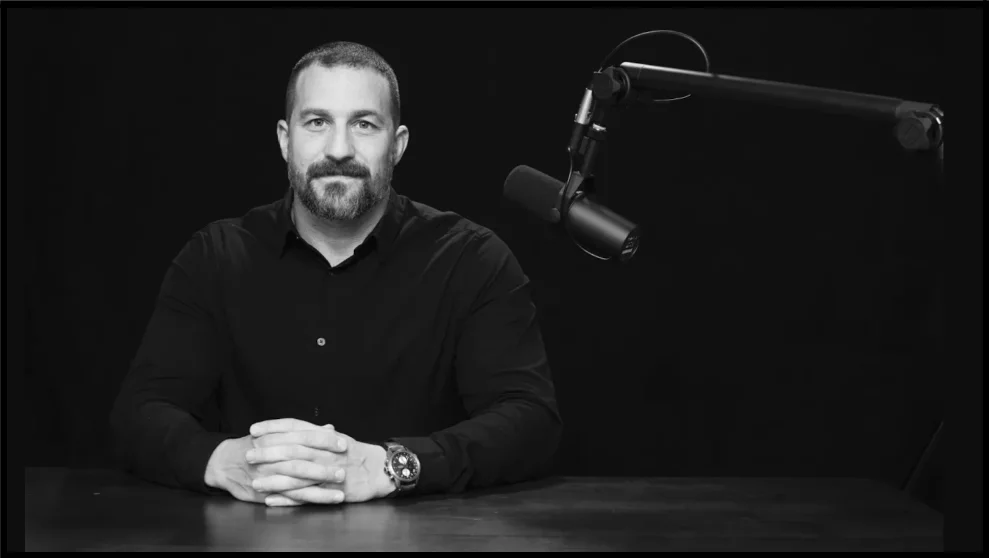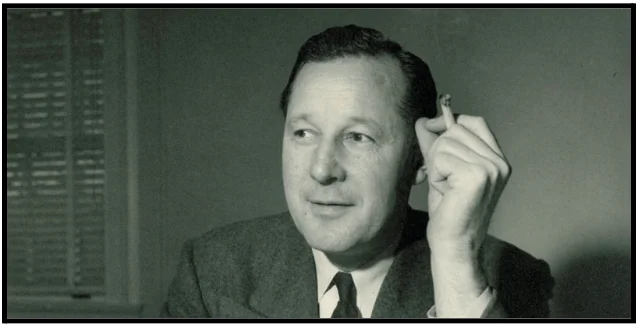This is a tactic you can apply right now to reduce anxiety and elevate your mood. I use it daily and encourage clients to prep with it before big talks.
Talking Big Ideas.
“Breathing in, I calm my body. Breathing out, I smile.”
~ Thich Nhat Hanh
Today’s piece is short and useful.
Stanford University published research that has generated buzz in the health & fitness world. The results are exciting and you can apply them any time you want to reduce your anxiety and feel better.
Stanford divided participants into four groups. Each group spent one month doing a particular stress reduction technique for five minutes. All four exercises worked, and one clearly stood above rest when it came to elevating mood and reducing stress.
These are the four techniques. Guess which is the most effective before looking at the answer:
- Mindfulness Meditation: Get comfortable, close your eyes, and focus your attention on your forehead, between your eyes. When your attention drifts, simply bring it back to the spot on your forehead.
- Cyclic Hyperventilation: Get comfortable, close your eyes, and do a breathing exercise similar to the Wim Hof Method:
- Inhale deeply and fully through your nose.
- Exhale calmly so your breath “passively falls out of the mouth.”
- Repeat this 30 times, then hold your breath for 15 seconds.
- Repeat the above for 3 rounds or until the 5 minutes is up.
- Box Breathing: Get comfortable and watch a timer. Inhale for 4 seconds, hold for 4 seconds, exhale for 4 seconds, and hold for 4 seconds. Repeat the “box pattern” until the time is up.
- Physiological Sighing: Get comfortable and set a timer for 5 minutes. Repeat a simple pattern until the time is up:
- Inhale through your nose until your lungs are expanded.
- Inhale a second, shorter time through your nose to totally fill your lungs.
- Exhale slowly through your mouth until your breath is fully expelled.
All four groups had a “significant reduction” in anxiety. The three breathing exercises were “more effective in increasing positive affect” than the mindfulness meditation. According to Andrew Huberman, the leader of the study:
Basically: Breathwork > Meditation for improving mood & autonomic physiology around the clock & Physiological Sighs provide maximal stress relief.
The winner is Physiological Sighing!
Huberman added: “If you’re looking to improve sleep & reduce daytime stress, recover from intense work, life and/or training, then . . . brief (5min) structured breathwork is among the more powerful (and zero cost) tools.” In order of effectiveness:

I’ve been a big fan of Cyclic Hyperventilation breathing. And I have to admit, I find Physiological Sighing super effective. Even doing it for about a minute changes how I feel. Now I do it every day.
I encourage you to try Physiological Sighing daily for a week. See how it makes you feel. Combine it with the Treasure Method to prime yourself before important talks.




